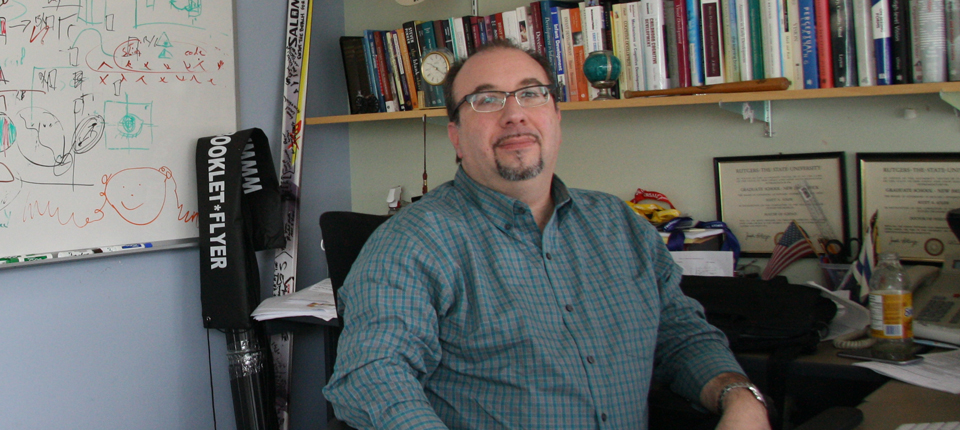What is the nature of thinking in early infancy?
Scott Adler is fascinated by babies’ minds. His research focus has always been on the early development of cognitive functioning, such as visual attention, perception, memory, and future-oriented thinking, especially in infants 3-6 months in age. He believes that by putting together a complete understanding of typical development and functioning in infants, it will eventually be possible to fully understand mental function and cognitive issues in adulthood.
Inspiration
You look at an infant, and all they seem to do is cry, poop, eat, and sleep. But you have to wonder: how do they get from there to a functioning adult? This is what inspires me. We need to understand infants, if we are ever going to understand ourselves.
Impact
It turns out that in order to learn, you have to have memory. If you don’t have memory, you can’t learn anything. The two go hand in hand.
I think one of the important applications of this research is that we will hopefully be able to highlight where things begin to go wrong. As we gain a sense of how attention, memory, and future-oriented thinking are supposed to develop, we can start picking up on where it isn’t going right. The two most common developmental disabilities that people talk about right now are Attention Deficit Disorder/Attention Deficit Hyperactivity Disorder and Autism Spectrum Disorders. Both have attention as a core issue. By knowing how attention typically develops, we will potentially be able to detect very early on when these things are not working properly, which will lead to earlier interventions.
Highlight
We have brought to light a number of different methodological models to study functioning in infants that researchers weren’t able to do previously. We use infants’ eye movements to measure other types of functioning, like attention or memory. These methodologies are one of the contributions we’ve made to developmental science.
Another place we have started to make a breakthrough is the understanding of infants’ selective attention. We’ve been doing a series of studies with infants on something called visual search, which has had decades of research in adults. We’ve shown that infants’ reactive attention – when something abruptly captures your attention – is adult-like from very early on, but selective attention – when you actively looking for something you’ve lost - seems to be develop much later. This finding is important because attention determines which information infants take in to become part of their memories, and that in turn determines how they develop.
What’s next?
We will continue our research on visual search. Visual search in adolescents with autism and ADHD is different than in typical adolescents. It just seems to function differently. The question becomes, can we use visual search in infancy as a diagnostic for these types of disorders?
We also plan to connect visual search with memory and expectations, and build up a much broader picture of an infant’s mental functioning across these different domains. Although we often examine these separately, it is really one continuous system. We need to start looking at how the visual search affects what information an infant stores in their memory, which then also affects what they will expect in the future.


